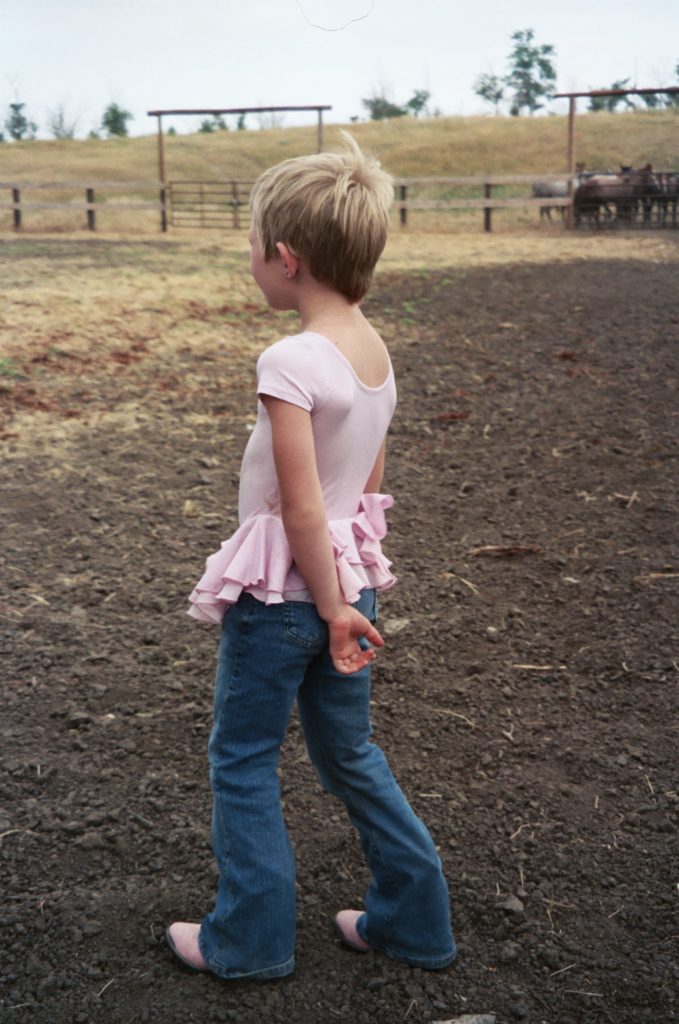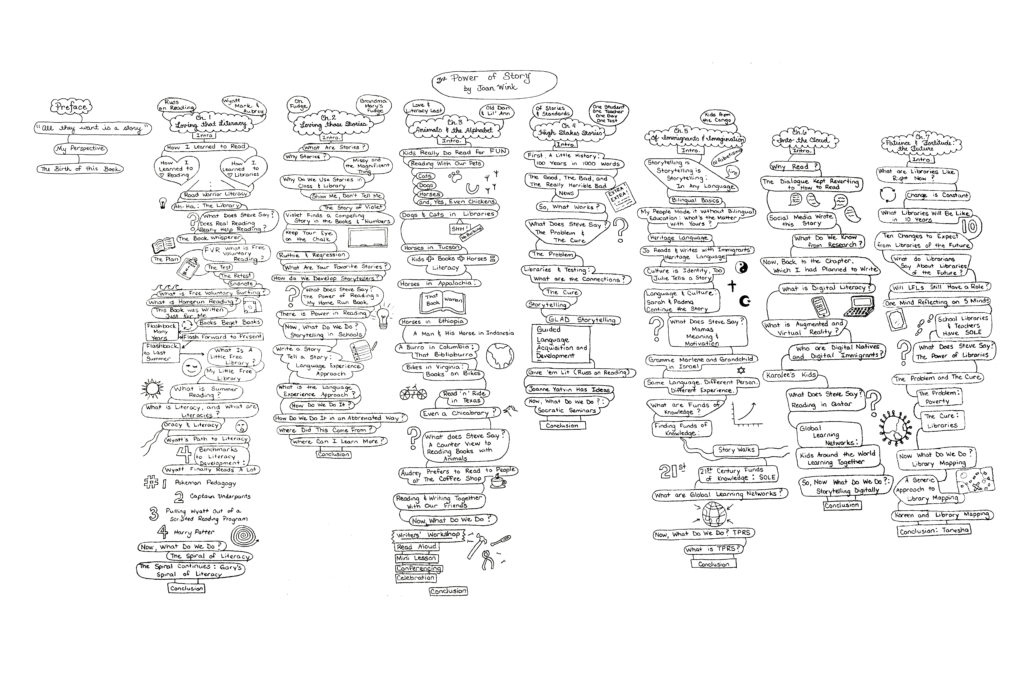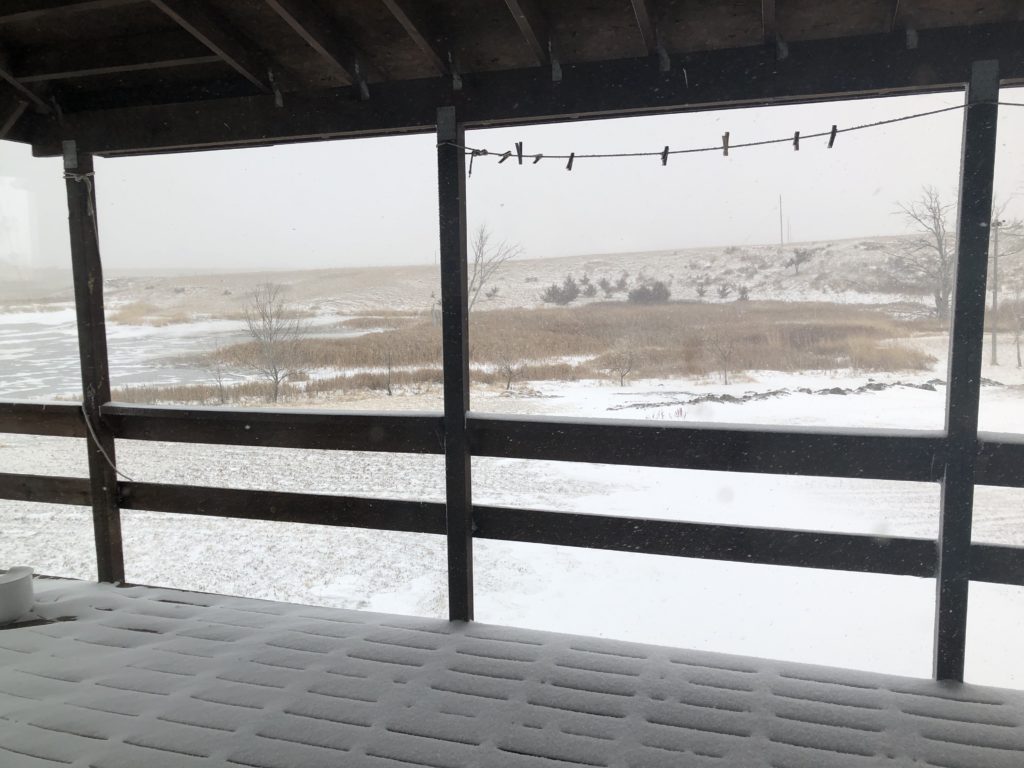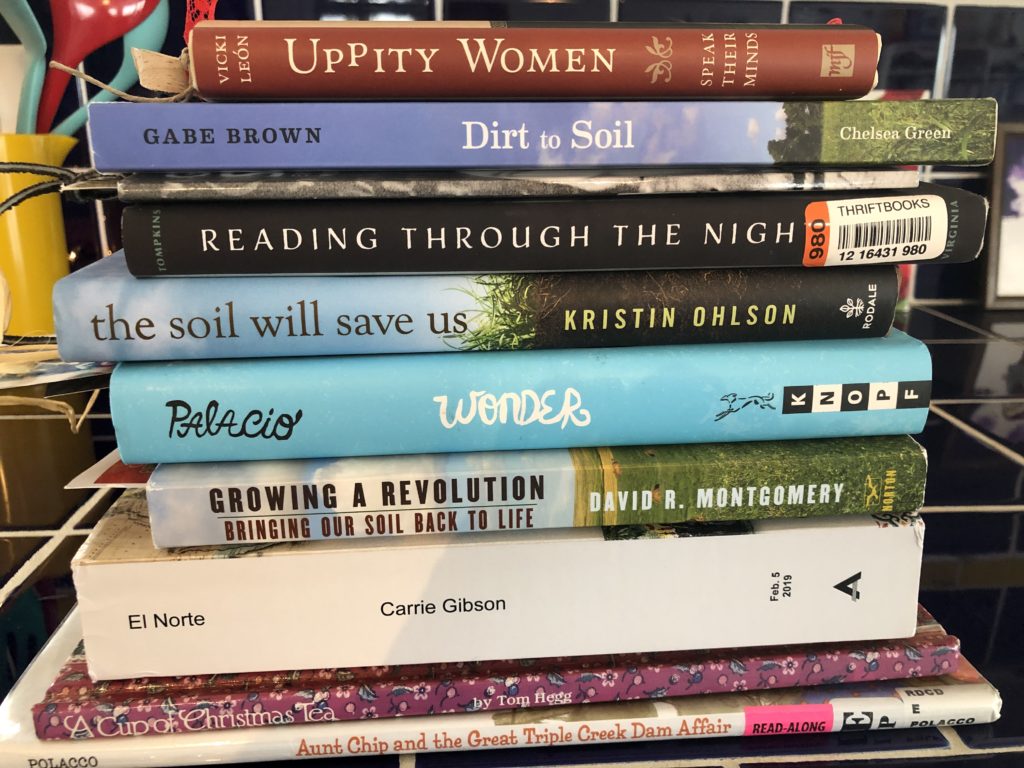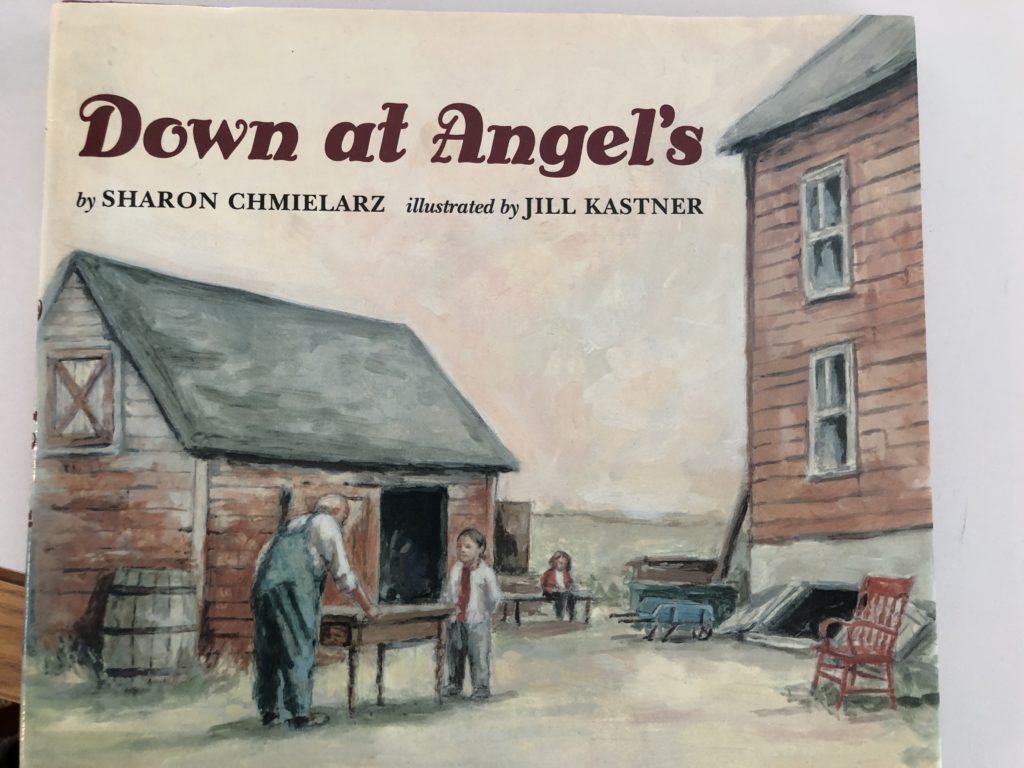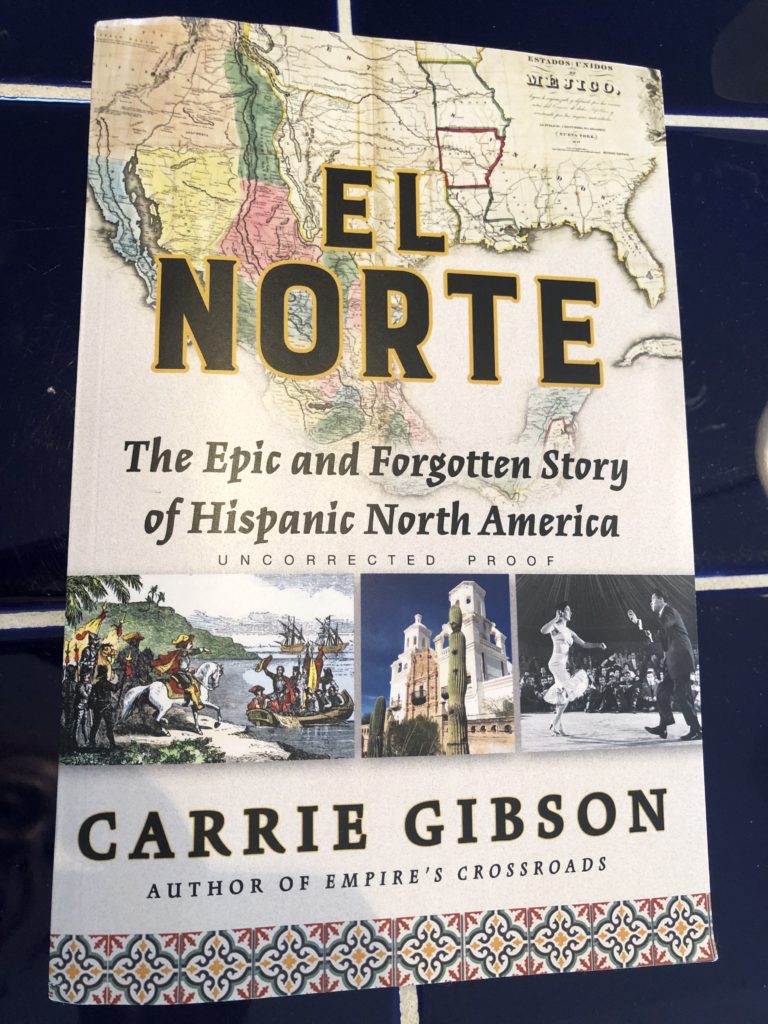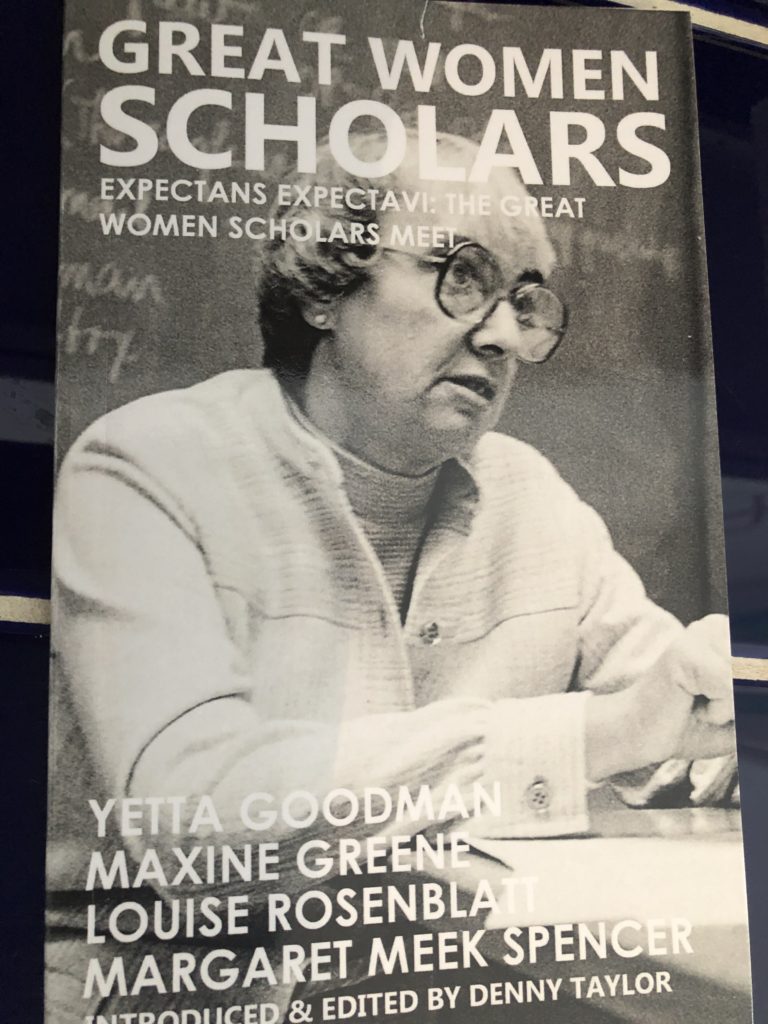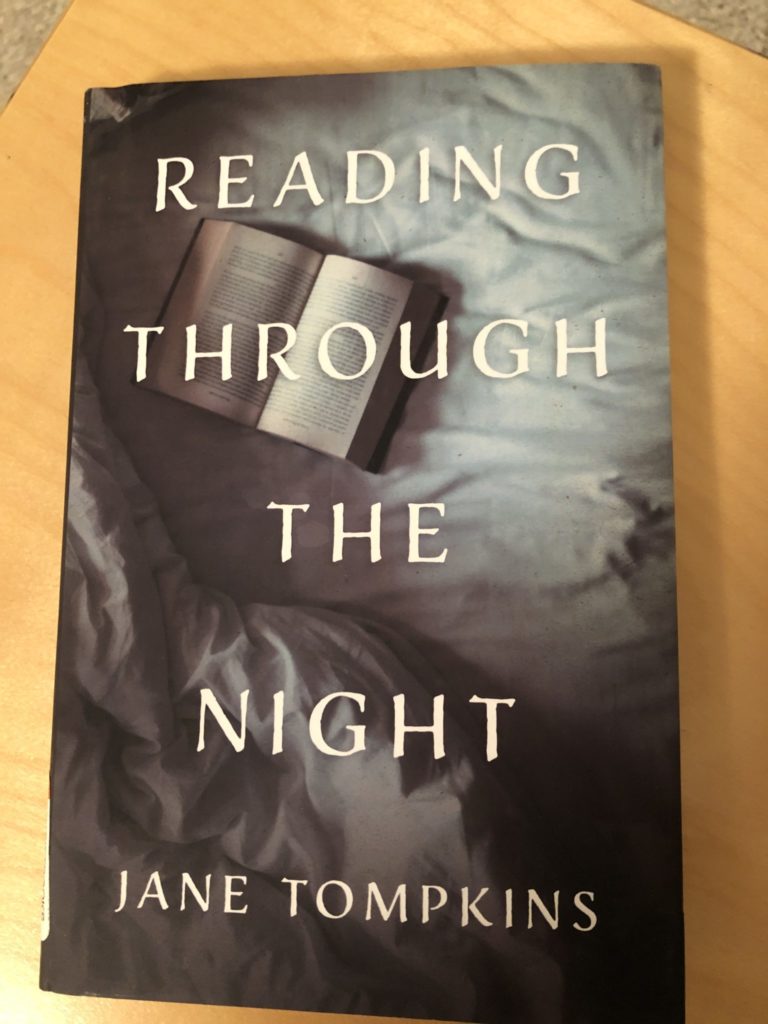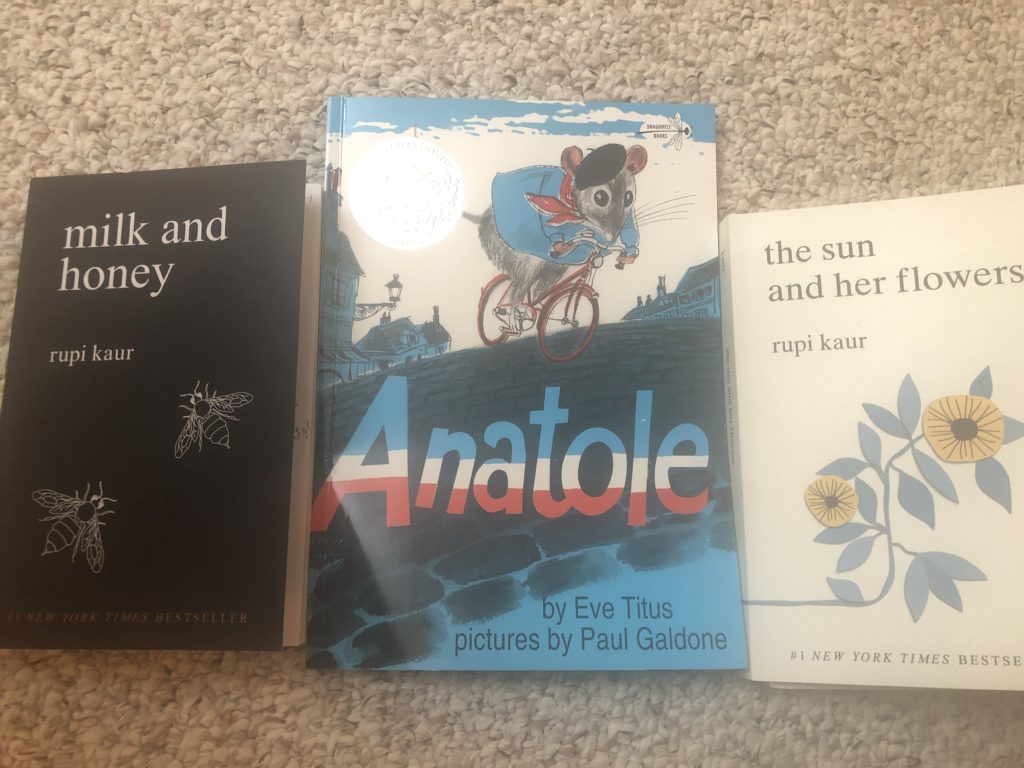Dear WinkWorld Readers,
Missy Urbaniak, teacher at a tiny 2-room school on the prairies and Donalyn Miller, literacy guru, are two of my favorite reading teachers. Donalyn has published The Book Whisperer: Awakening the Inner Reader in Every Child, Reading in the Wild: The Book Whispers Guide to Cultivating Lifelong Reading Habits, and with Colby Sharp, Game Changer! Book Access for All Kids. Missy has published “Snowdrifts, Rattlesnakes, and the Children I Love: The Life of a Rural Teacher on the Prairie” in Sonia Nieto’s Why We Teacher Now.
In 2017, Rural Schools Collaborative, an organization that also awarded her a classroom grant, featured Urbaniak in “The Modern Rural Schoolhouse,” which is posted below.
Rural School Collaborative interview of Missy
In addition, Missy was selected as Teacher of the Year, Meade County School District, 2013-2014. Missy, Donalyn, and Sonia all continue teaching, learning, and sharing.
Meet Missy.
Meet Donalyn.
Donalyn is well-known for encouraging access to books for all kids and self-selected reading, Several years ago, she promoted the 40-Book Challenge. Missy answered the challenge with the students on the isolated prairies. Missy shares her experience in the story posted below:
One summer, I read Donalyn Miller’s The Book Whisperer. In this book, she details how she, a fourth-grade teacher, challenged her students to individually read forty books in one school year. The key was that the books were self-selected within certain required genres such as science fiction, poetry, and non-fiction. Her story inspired me to attempt a similar thirty book challenge the following school year for my fourth through eighth grade students. This method was an easily manageable way that I could teach multiple grade levels and hold valuable discussions. Three of the six students involved in the challenge were struggling readers. I had my reservations about saddling them with the sheer volume of text that reading thirty books would require. The challenge was not without its struggles, and we all questioned at various points throughout the year whether or not all six students would complete the challenge. In the end, each student read over twice as many books as they had the previous year. They all read widely, across new genres and new authors. Some of them completed the goal of reading thirty books, some did not, but all of them had succeeded in becoming better readers that year. And you should have seen the beaming smiles as we stacked up the books they had read for a celebratory photo. I am posting the photo of Missy’s son, Bailey, and his stack of books. What a joy!
This valuable experience showed us that helping a struggling reader is more about finding books that they can connect with, and exposing them to a wide array of literature, rather than lowering the text complexity or expectations.
Since the time of her initial challenge, Donalyn has written The 40-Book Challenge Revisited
I so hope you will read Donalyn’s posted about her Challenge Revisited.
Posted below here is a photo of the class that year with my husband, Dean Wink, when he was Speaker of the SD House of Representative. He had just visited with the class and left them with the Great Seal of South Dakota. I even squeezed in a couple of grandsons (Garrett and Austin) into this photo. My blog, my photo choices….







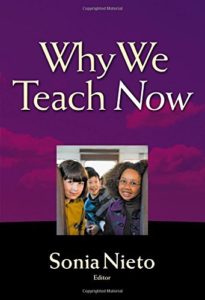

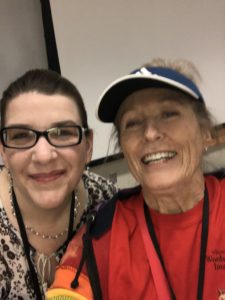
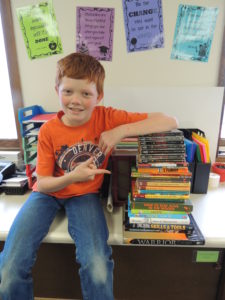
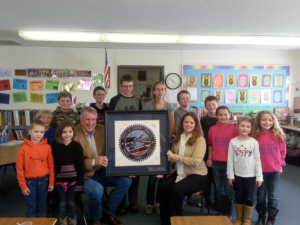
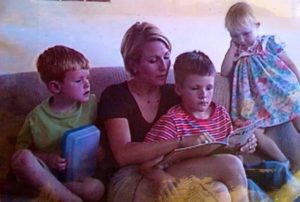
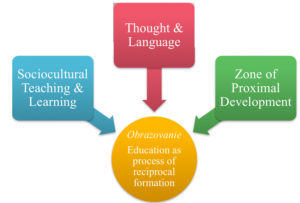

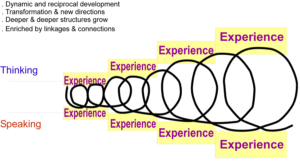
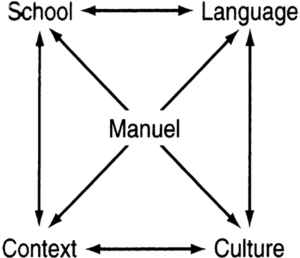
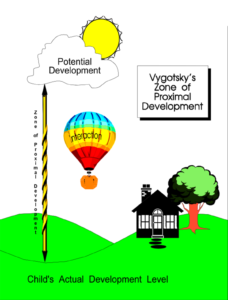
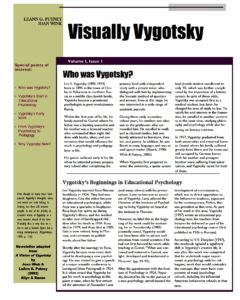


 Dear WinkWorld Readers,
Dear WinkWorld Readers,


